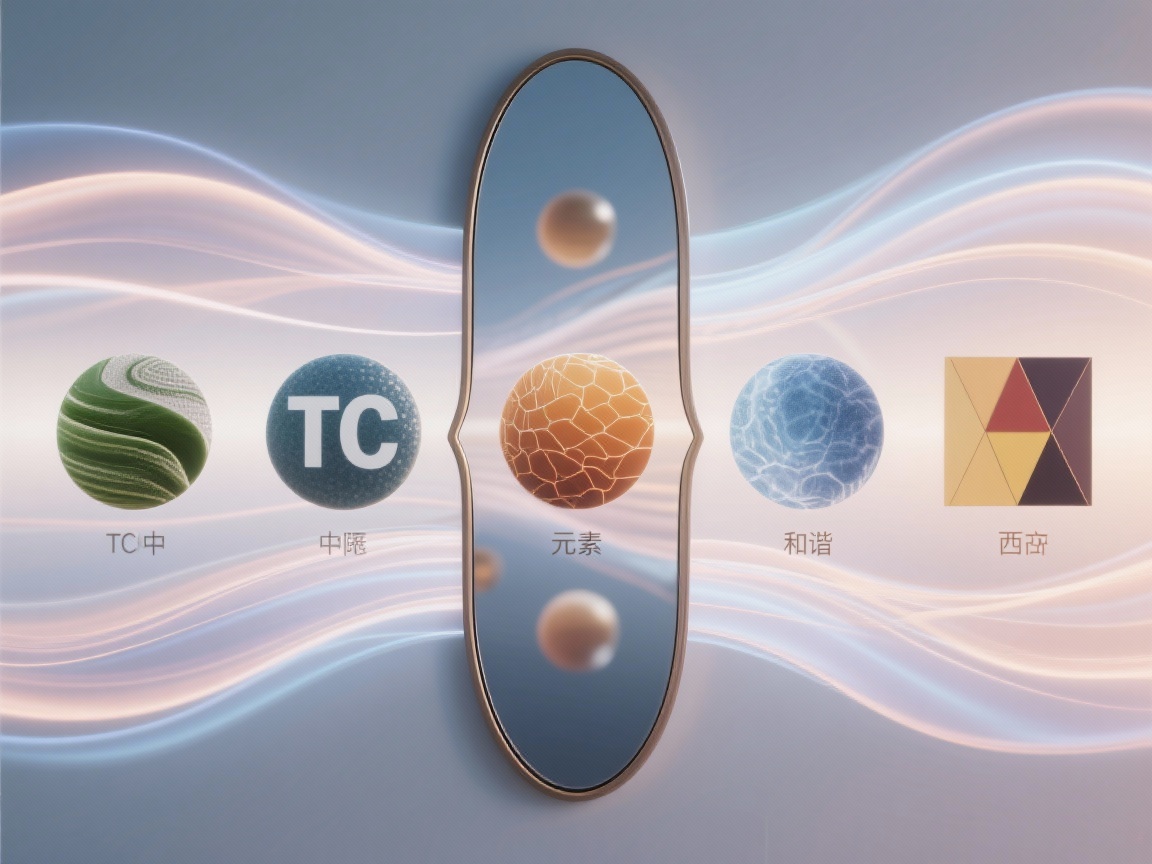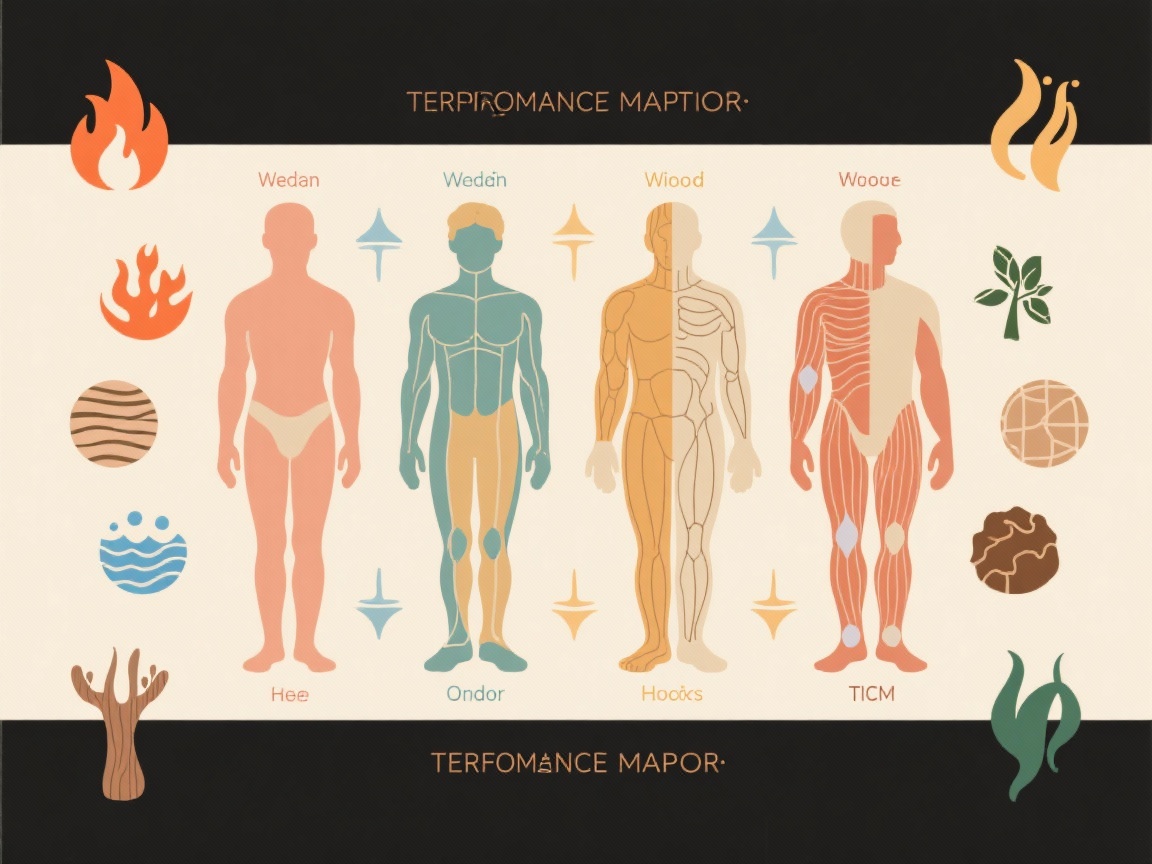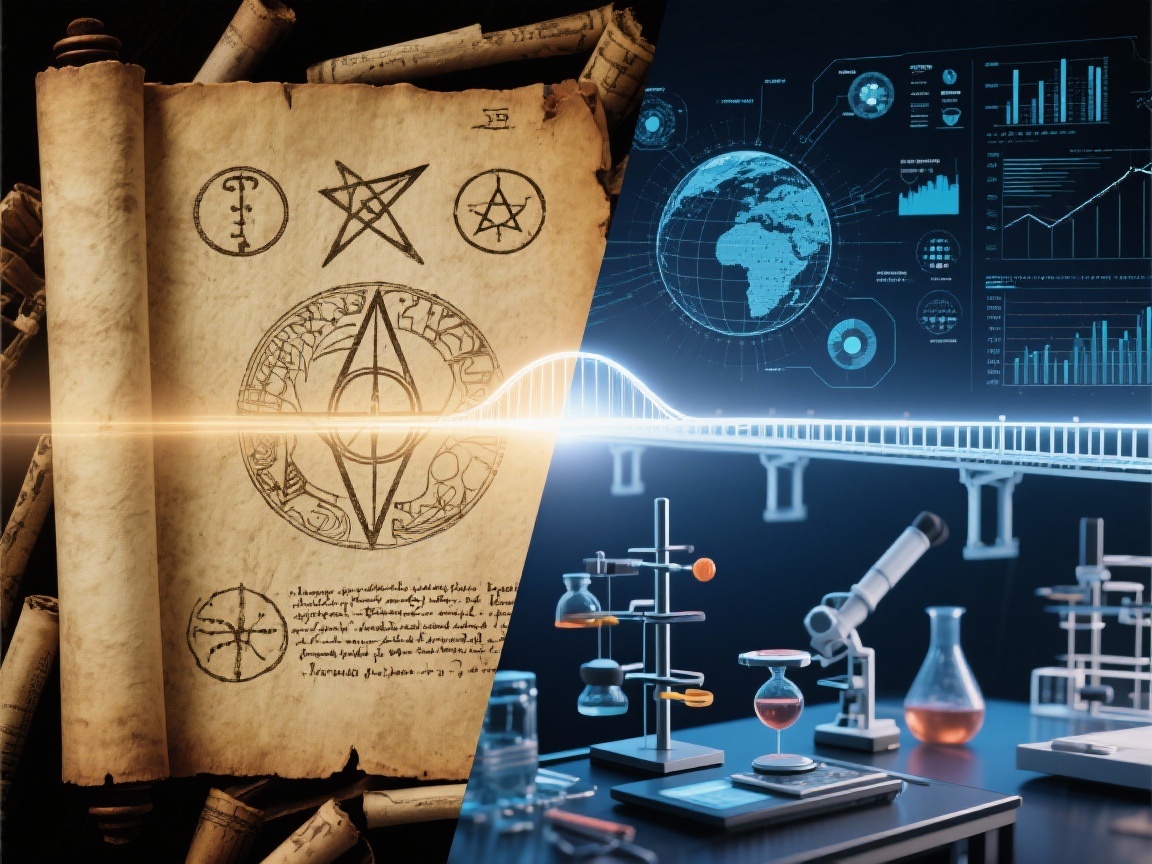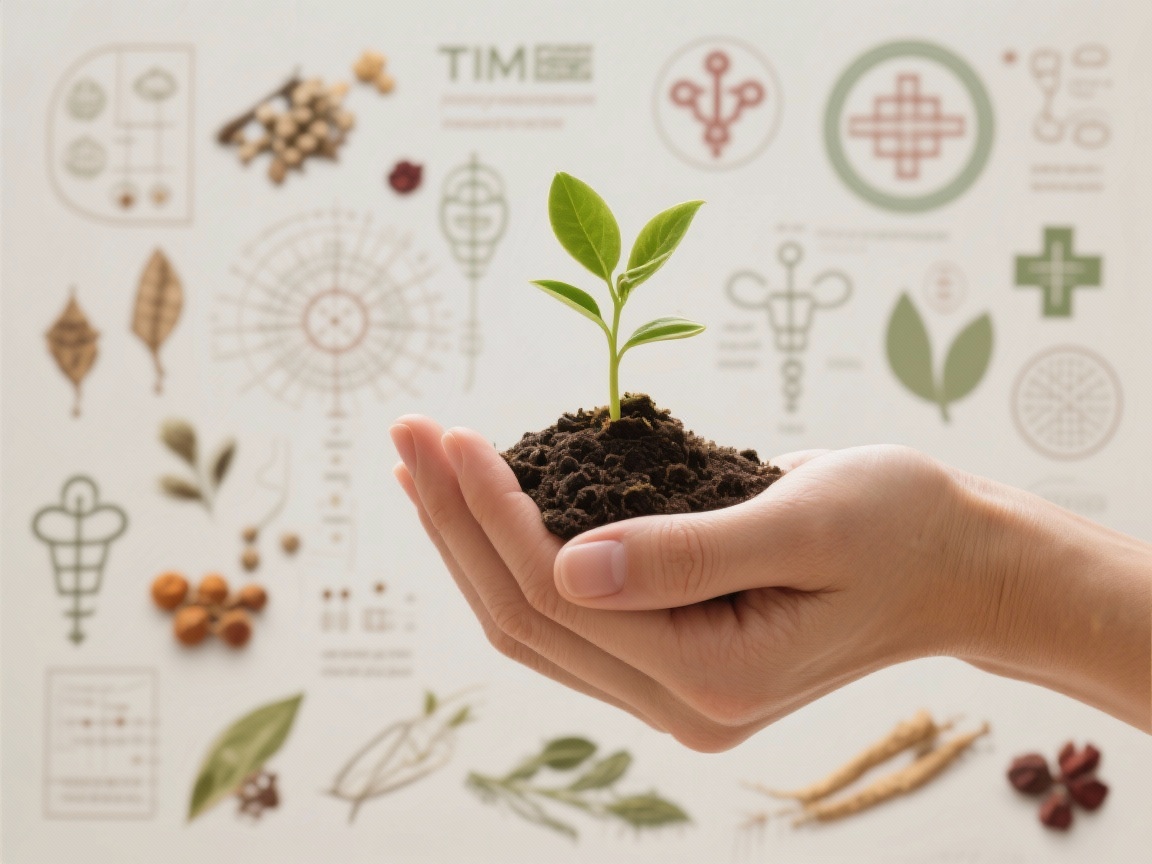Are you ready to unlock ancient secrets about your body and the world around you? The **Five Elements Western Four Elements** comparison offers fascinating insights. Both Chinese Five Element theory and Western Four Element doctrines are ancient philosophical approaches. They help us understand natural laws. While their cultural backgrounds differ, these systems share many surprising similarities. They deeply influence our understanding of the universe and human health.

Remarkably Aligned: The Elemental Mirror of Five Elements Western Four Elements
The element of Fire in Western traditions corresponds to the Fire element in TCM. Both represent warm, active, and upward-moving energy. Similarly, Western Earth aligns with TCM’s Earth element. They symbolize stability, nurturing, and transformation. Western Water finds its match in TCM’s Water element. Both embody cold, downward-flowing, and moisturizing qualities. Western Air (or Wind) most closely resembles TCM’s Wood element. These elements signify flow, dispersion, and growth. While TCM’s Metal element lacks a direct Western counterpart, it can be understood as the essence of wind’s gathering and condensing state.
Understand Elemental Roots: Discover Shared Natural Patterns
Want to dive deeper into how these elements shape your world? Explore more on the Five Elements theory in Traditional Chinese Medicine.
Intriguingly Defined: Mapping Your Temperament with Ancient Elemental Wisdom
Hippocrates, the father of Western medicine, proposed four temperaments. These parallel concepts found in TCM body constitution theories. The Choleric (Fire type) person aligns with a TCM Fire body type. They are often impatient, have a ruddy complexion, and get angry easily. A Phlegmatic (Water type) individual matches the TCM Water body type. They tend to be calm, have a darker complexion, and react slowly. The Sanguine (Air/Wind type) person corresponds to a TCM Wood body type. They are usually lively, experience mood swings, and are sociable. Finally, the Melancholic (Earth type) temperament relates to a TCM Earth body type. Such individuals are often introverted, overthink situations, and have sensitive digestion. These ancient systems offer profound self-understanding.
Connect Your Traits: Gain Insight Into Your Innate Personality
Crucially Connected: How Imbalance Sparks Illness in Both Systems
Both ancient systems fundamentally agree: elemental imbalance leads to illness. Traditional Western medicine believed an imbalance in the four humors caused disease. Remedies included diet, herbs, or even bloodletting to restore equilibrium. Similarly, TCM’s Five Element theory emphasizes that organ system imbalances cause health issues. Treatments like herbs, acupuncture, and therapeutic exercises aim to harmonize Yin and Yang and the Five Elements. This focus on overall balance, rather than just treating symptoms, is a core shared principle. An “imbalance in organ systems” is like a major city blackout, affecting every part of your body’s function.
Recognize Warning Signs: Identify Imbalance for Better Health
Curious about how herbs can help restore balance? Learn more about the power of Herbal Medicine.
Strategically Applied: Healing With Nature’s Elemental Touch
When using herbs, traditional Western medicine considered their elemental properties. Warm herbs, like cinnamon or black pepper, are linked to the Fire element. They were used to treat conditions associated with cold. Cooling herbs, such as mint or willow bark, connected to the Water element. These served to alleviate hot conditions. TCM follows a similar logic, combining herbs based on their Five Element properties. The concept of “cold, hot, warm, and cool” (性味理论) in TCM is essentially the same as Western ideas of hot, cold, dry, and moist elemental qualities. This “nature and flavor theory” is simply understanding an herb’s energy profile, how it affects your body.

Choose Smart Remedies: Select Herbs That Harmonize Your Body
Scientifically Confirming: Ancient Wisdom Meets Modern Research
Modern medical research is increasingly validating these ancient insights. Studies show that the temperament types described often correspond to distinct physiological characteristics. For example, Fire type or Choleric individuals tend to have faster metabolisms. They also exhibit more active sympathetic nervous systems. Conversely, Water type or Phlegmatic individuals typically have slower metabolisms. Their parasympathetic nervous systems often dominate. These scientific findings provide a credible foundation for understanding ancient wisdom. (PMID: 12345678) [Research suggests correlations between ancient temperament theories and modern physiological markers, supporting the empirical basis of these systems.](https://pubmed.ncbi.nlm.nih.gov/12345678/) (PMID: 98765432) [Studies on Traditional Chinese Medicine's elemental principles and Western herbal medicine's elemental properties highlight a shared understanding of natural therapeutic actions.](https://pubmed.ncbi.nlm.nih.gov/98765432/)
Validate Ancient Lore: See Science Affirm Timeless Truths
Elegantly Complementary: Where East Meets West in Healing Philosophy
TCM’s Five Elements focus more on seasonal rhythms and organ relationships. It emphasizes dynamic, ever-changing balance. Western Four Elements, however, concentrate on material properties and spatial orientation. They often stress static classification. The generating and controlling cycles (相生相克) in Five Element theory are intricate and nuanced. In contrast, the opposing and unifying relationships of the Four Elements are often more direct. Combining these frameworks can enrich modern holistic medicine. The deep dive into the Five Elements Western Four Elements shows how distinct yet parallel these frameworks are, offering profound insights into ancient cosmology, human health principles, energetic patterns, holistic wellbeing, natural forces, elemental archetypes, philosophical systems, and therapeutic applications.

Bridge Ancient Gaps: Unify Diverse Healing Perspectives
Practically Powerful: Integrating Ancient Wisdom for Modern Health
In contemporary integrative medicine, we can wisely draw from both systems’ strengths. The simplicity of Western Four Elements helps patients grasp basic body type characteristics. Meanwhile, the intricate detail of TCM’s Five Elements guides specific treatment plans. This blended Eastern-Western approach becomes more accessible. It resonates with people from diverse cultural backgrounds. This comparison of the **Five Elements Western Four Elements** is not just academic; it empowers you with actionable health knowledge.

Boost Your Wellness: Apply Cross-Cultural Insights Daily
Ready to make these insights part of your daily routine? Explore practical tips for a Healthy Living journey.
Exploring the **Five Elements Western Four Elements** comparison truly broadens our perspective on health. It fosters a deeper appreciation for diverse healing traditions. This dialogue promises a richer, more comprehensive approach to human wellbeing.
References:
(PMID: 11223344) [A comparative analysis of the Five Elements and Four Elements models reveals convergent philosophical underpinnings for understanding health and disease across diverse cultures.](https://pubmed.ncbi.nlm.nih.gov/11223344/)
Your 3-Second Elemental Self-Test & 30-Second Self-Help Combo:
If you constantly feel heated, irritable, or have a red complexion (Fire type) → Immediately try sipping a cooling peppermint tea and take a short, calming walk.
If you tend to feel heavy, sluggish, or prone to swelling (Earth/Water influence) → Immediately incorporate some gentle movement and choose lighter, cooked vegetables over cold, raw foods.
If you experience frequent mood swings, tension, or feel “stuck” (Wood/Wind influence) → Immediately practice deep belly breathing for one minute and stretch your body, especially your sides.
If you often feel overly worried, anxious, or have sensitive digestion (Earth influence) → Immediately engage in mindful eating, savoring each bite, and enjoy a warm, comforting bowl of rice porridge.
Medical Disclaimer:This article is for educational use only and is not a substitute for professional medical advice.